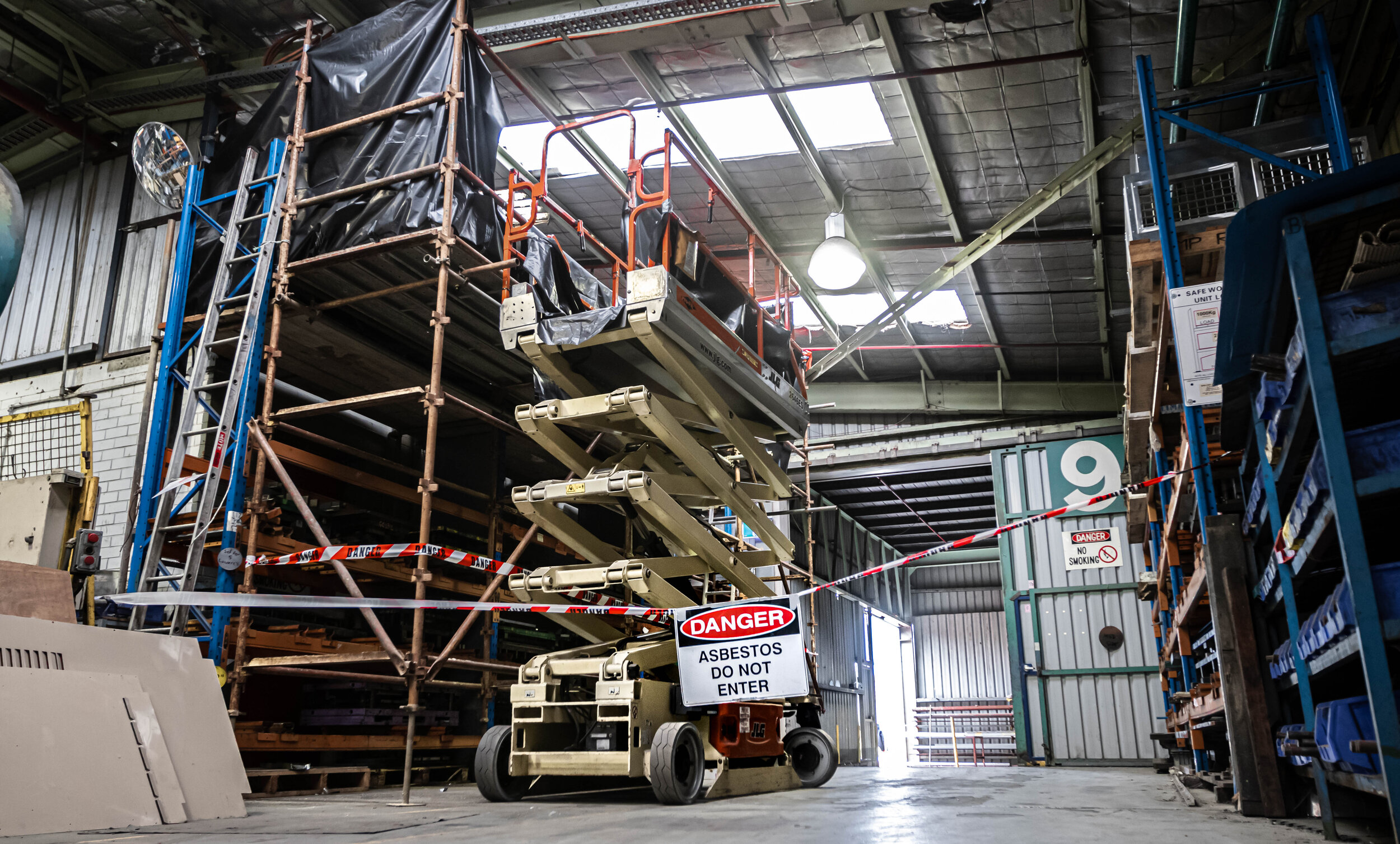
Asbestos Removal
Unfortunately, the asbestos removal industry is full of cowboys. Licenses are easy to attain, but doing the job properly is a different story. An improper removal will likely leave asbestos in a far more hazardous condition, increasing the risk of airborne fibres, furthering costs to decontaminate; upwards of 5-10 fold.
— Nick Porter, GAA’s WHS compliance officer.
Project Management
Ensure it’s done right the first time. A safe and effective asbestos removal project stems from expert procedures and control measures. We facilitate asbestos removal projects assuring the highest level of safety is met by our on-site hygienist.
An asbestos removal project can be considered safe and effective when it adheres to stringent guidelines and practices designed to protect workers, the environment, and the public. Key elements that contribute to safety and effectiveness in asbestos removal include:
- Thorough Assessment: A comprehensive asbestos survey must precede removal, accurately identifying the location, type, and condition of asbestos-containing materials (ACMs).
- Licensed Professionals: Only licensed asbestos removalists should undertake removal tasks, ensuring they have the necessary training and expertise.
- Proper Containment: Adequate containment measures, including sealed work areas, negative air pressure systems, and personal protective equipment for workers, prevent asbestos fibres from escaping.
- Safe Handling: Workers should employ safe handling techniques, such as wetting ACMs, to minimise fibre release.
- Careful Removal: Removal should be conducted methodically, with minimal disturbance to ACMs, using appropriate tools and equipment.
- Waste Disposal: ACMs should be double-bagged in approved containers, properly labelled, and disposed of at authorised facilities.
- Air Monitoring: Continuous air monitoring may be required during removal – ensuring that airborne asbestos levels remain below permissible limits.
- Clearance Certificate: Independent clearance inspection post-removal confirms the AMC has been removed and certifies the area as safe for reoccupation.
- Documentation: Thorough record-keeping, including an asbestos register and management plan, is vital for compliance and transparency.
- Regulatory Compliance: Adherence to local and national regulations is paramount to ensuring safety and effectiveness in asbestos removal projects.
Overall, the safety and effectiveness of an asbestos removal project rely on meticulous planning, proper training, strict adherence to protocols, and compliance with regulatory requirements.
One of our licensed asbestos assessors will be on-site to manage the project throughout; assisting is a timely turnover and providing assurance all safety protocols are met. After the site passes a strict site inspection, the assessor will issue a Clearance Certificate allowing for the reoccupation of the area.
Contact GAA to book your asbestos removal.
